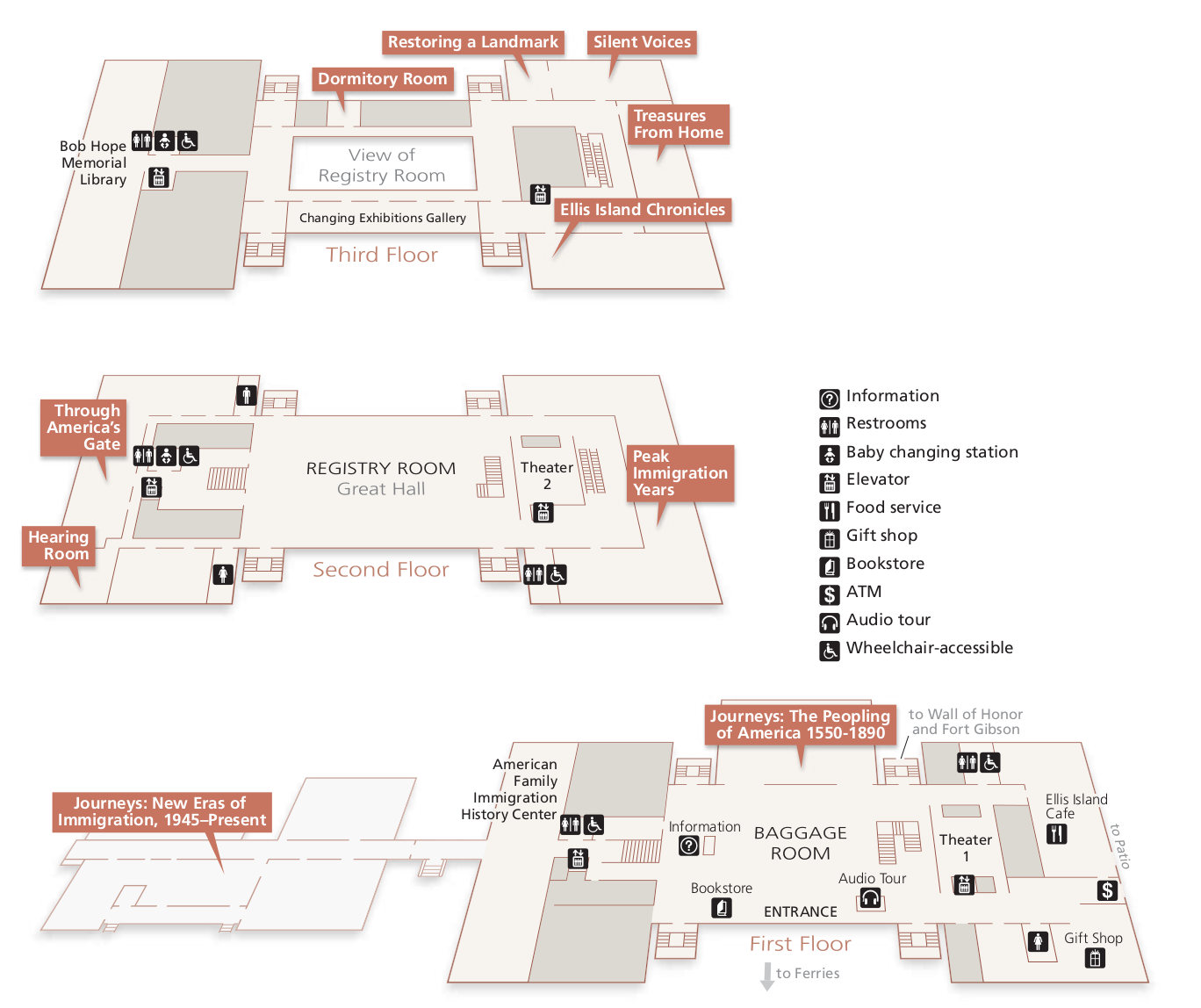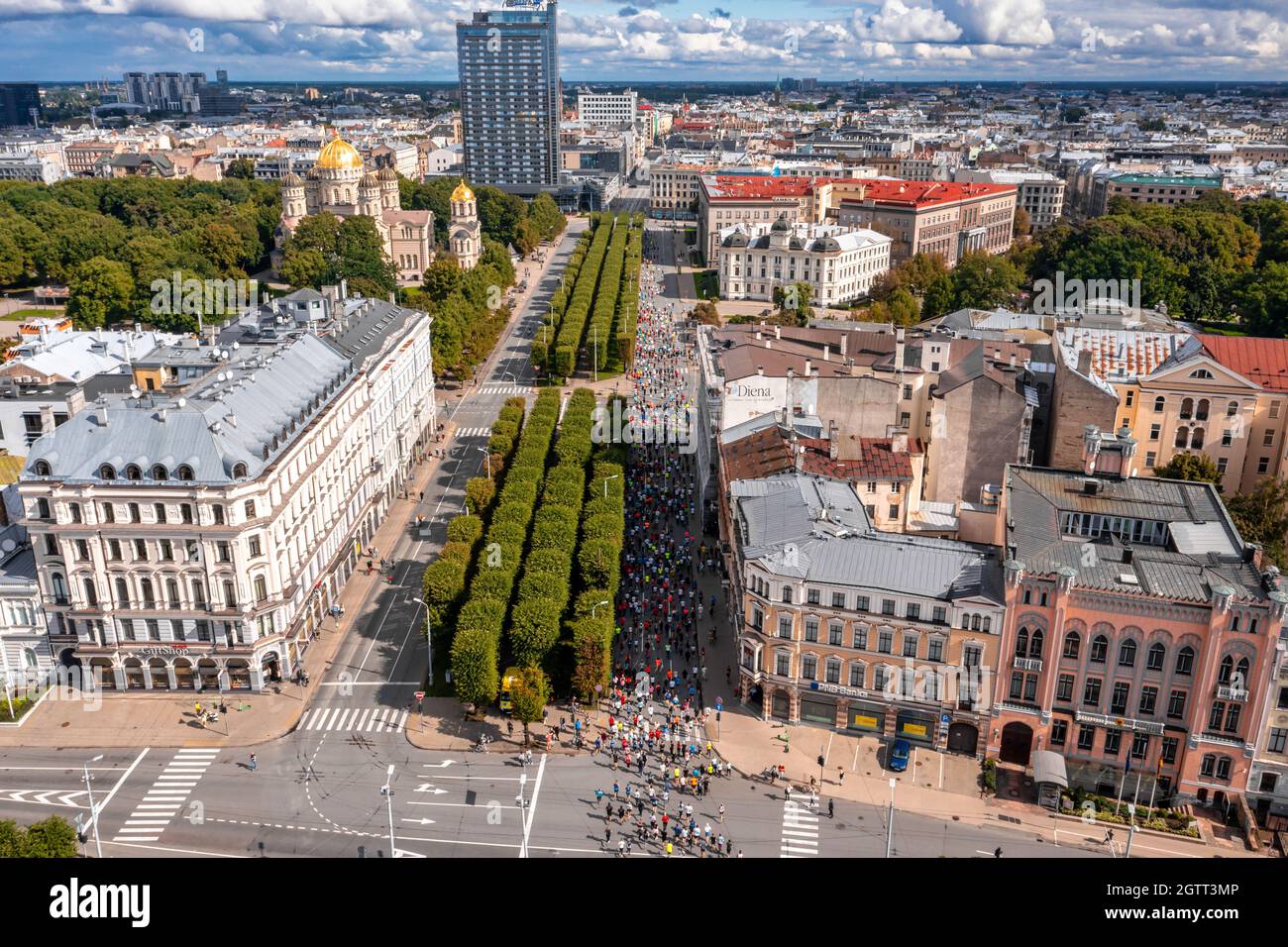

Thousands of people came to Fort Wood on October 28, 1886, as President Grover Cleveland officially accepted the statue. Over the next four months, a group of workers re-assembled Lady Liberty on the pedestal at Fort Wood on Bedloe Island, as Liberty Island was then known. The statue was divided into 350 pieces held in 214 crates during the shipment. On June 19, 1885, the French ship Isere arrived in New York Harbor with the Statue of Liberty. Joseph Pulitzer, founder of the Pulitzer Prize, was able to more successfully motivate Americans with critical editorials in his newspaper, The World, and financing was completed in 1885.

In America, boxing matches, plays, art exhibitions, and auctions were used to raise money with limited success. The French charged public fees, held fundraising events, and used money from a lottery to finance the statue. In addition to the architectural challenges of building the statue and pedestal, both countries faced challenges in getting money for the project.

The construction of the pedestal was completed in April 1886. Richard Morris Hunt, designer of New York City's first apartment building, designed the pedestal. In July 1884, the statue was completed in France. Bartholdi made the statue out of copper sheets, and Eiffel made the framework of steel. While Bartholdi developed the look of the statue, Eiffel worked on the framework. Alexandre Gustave Eiffel, the designer of the Eiffel Tower, worked with him. In 1876 French sculptor Frederic Auguste Bartholdi began designing the statue. Americans built the pedestal, and the French built the statue and assembled it in the United States. America and France worked together to build the Statue of Liberty.


 0 kommentar(er)
0 kommentar(er)
